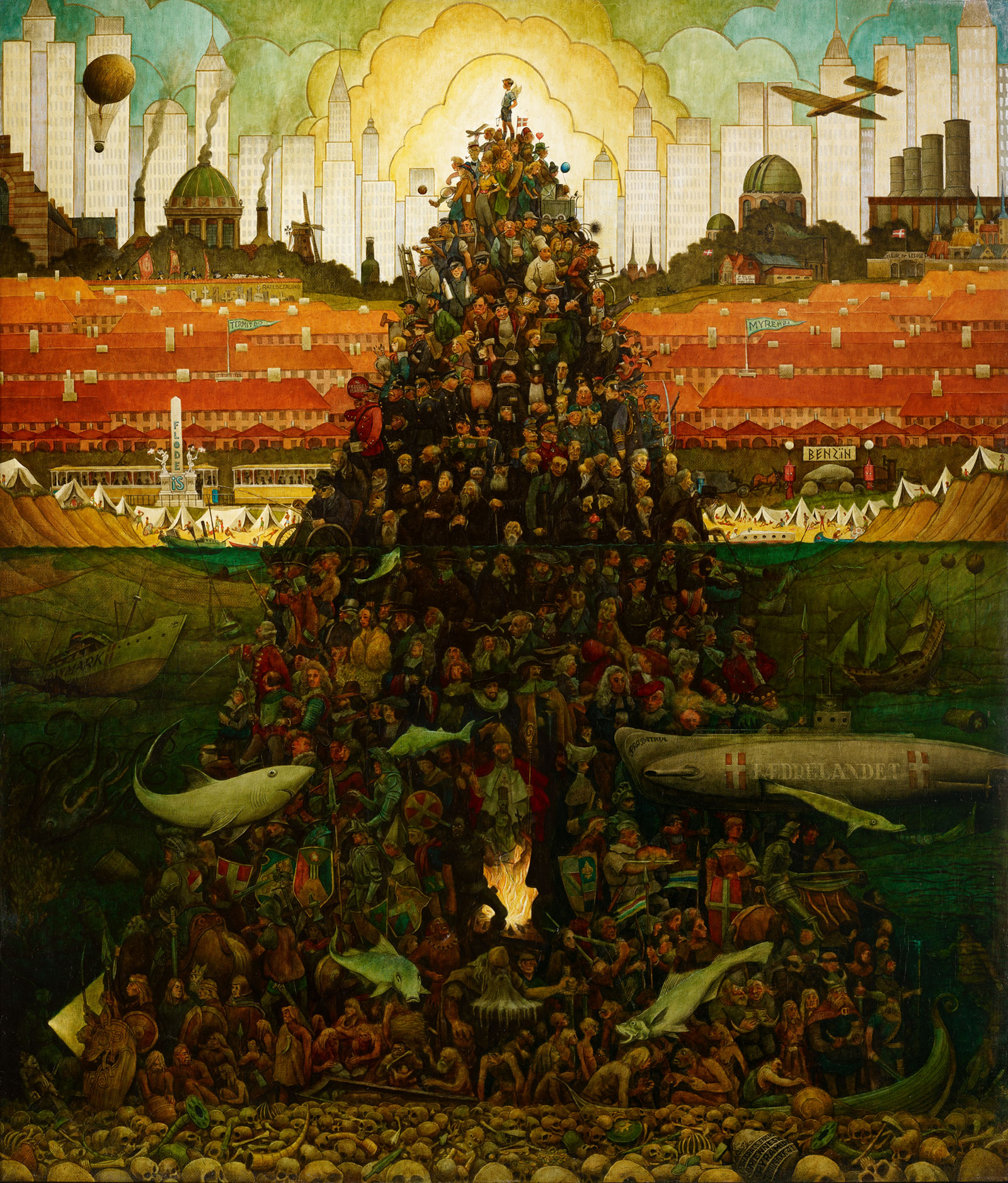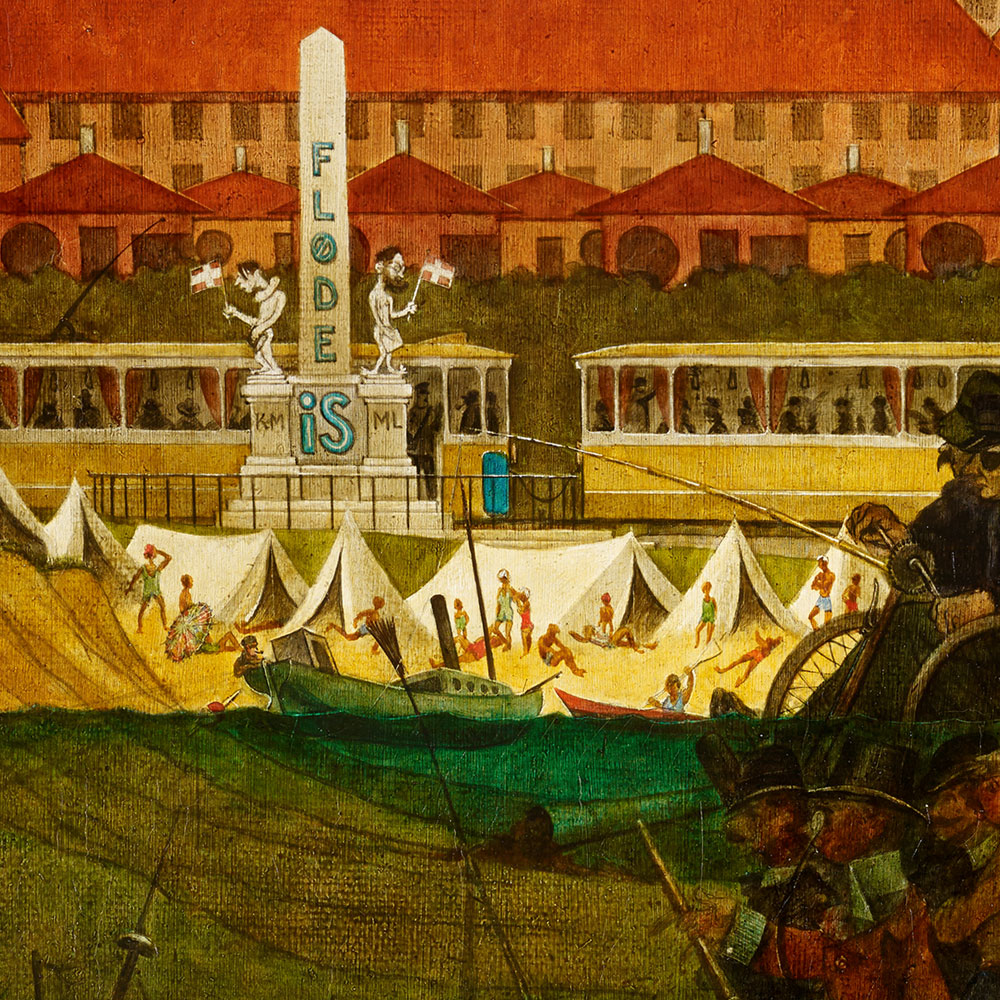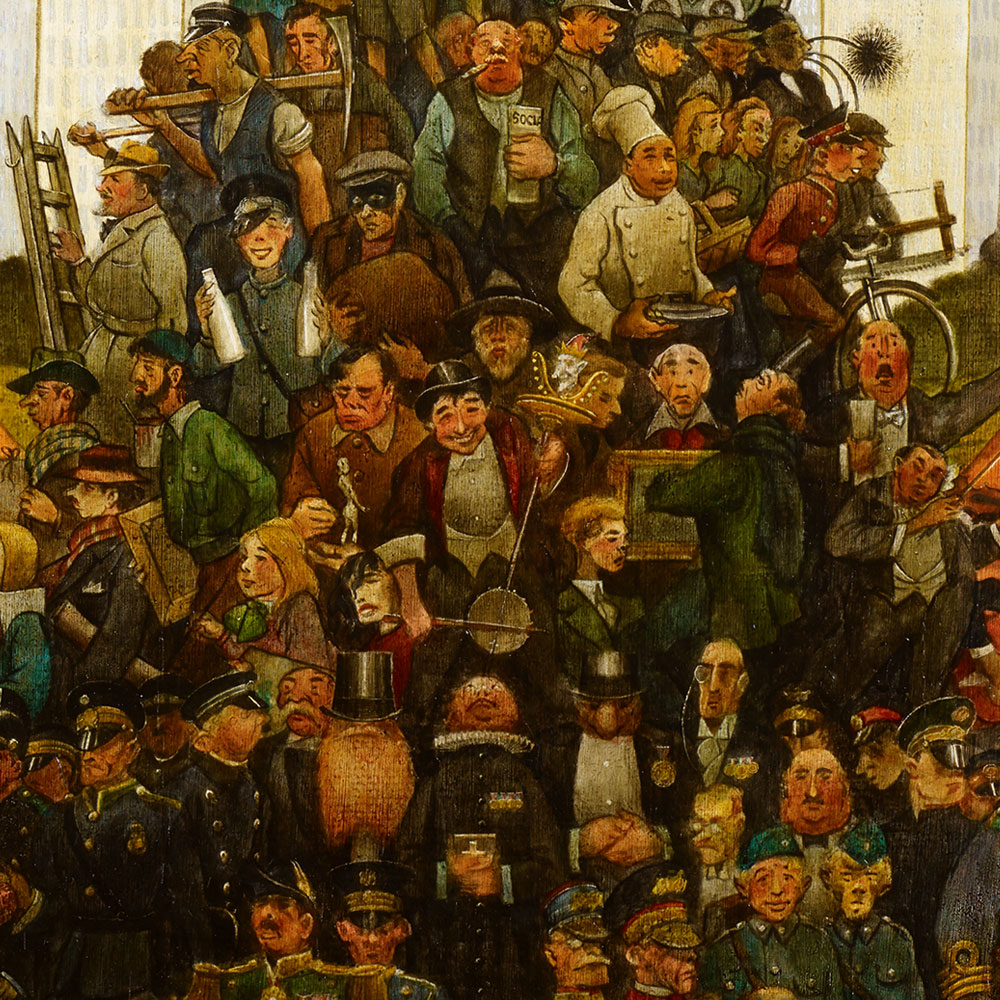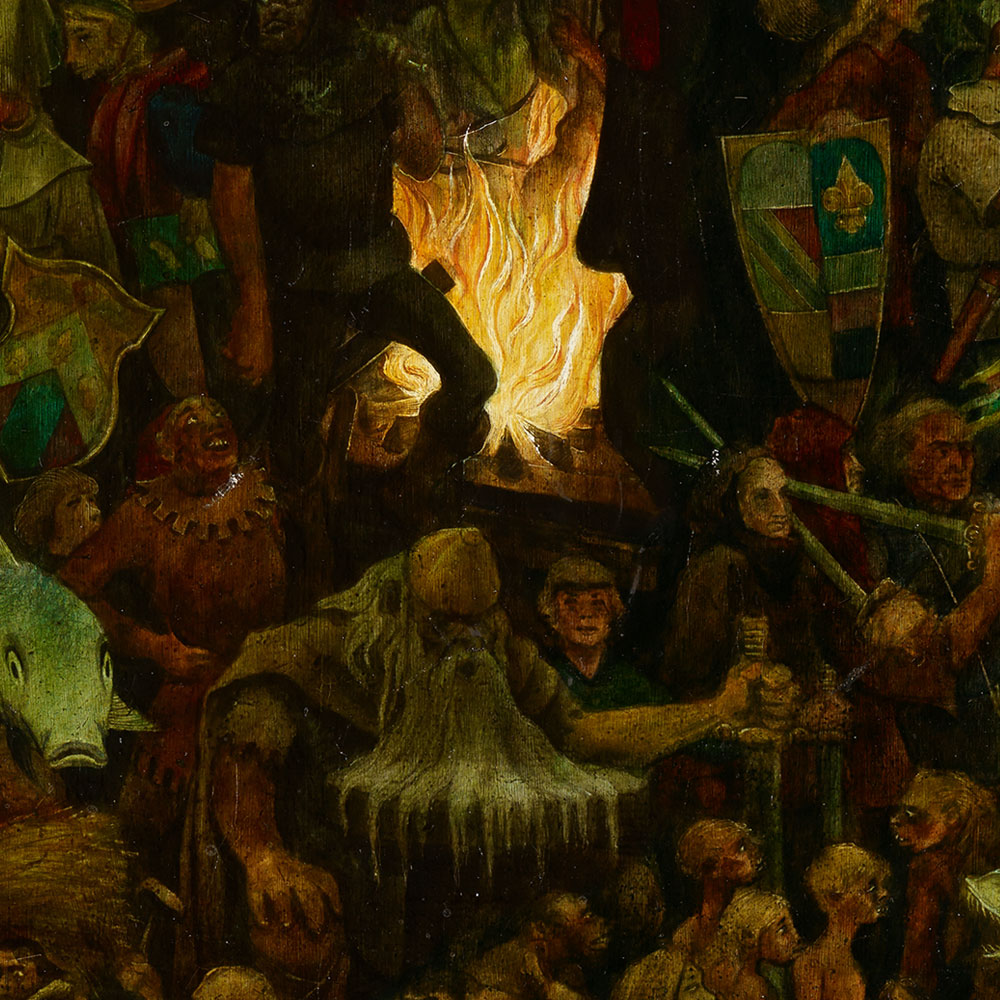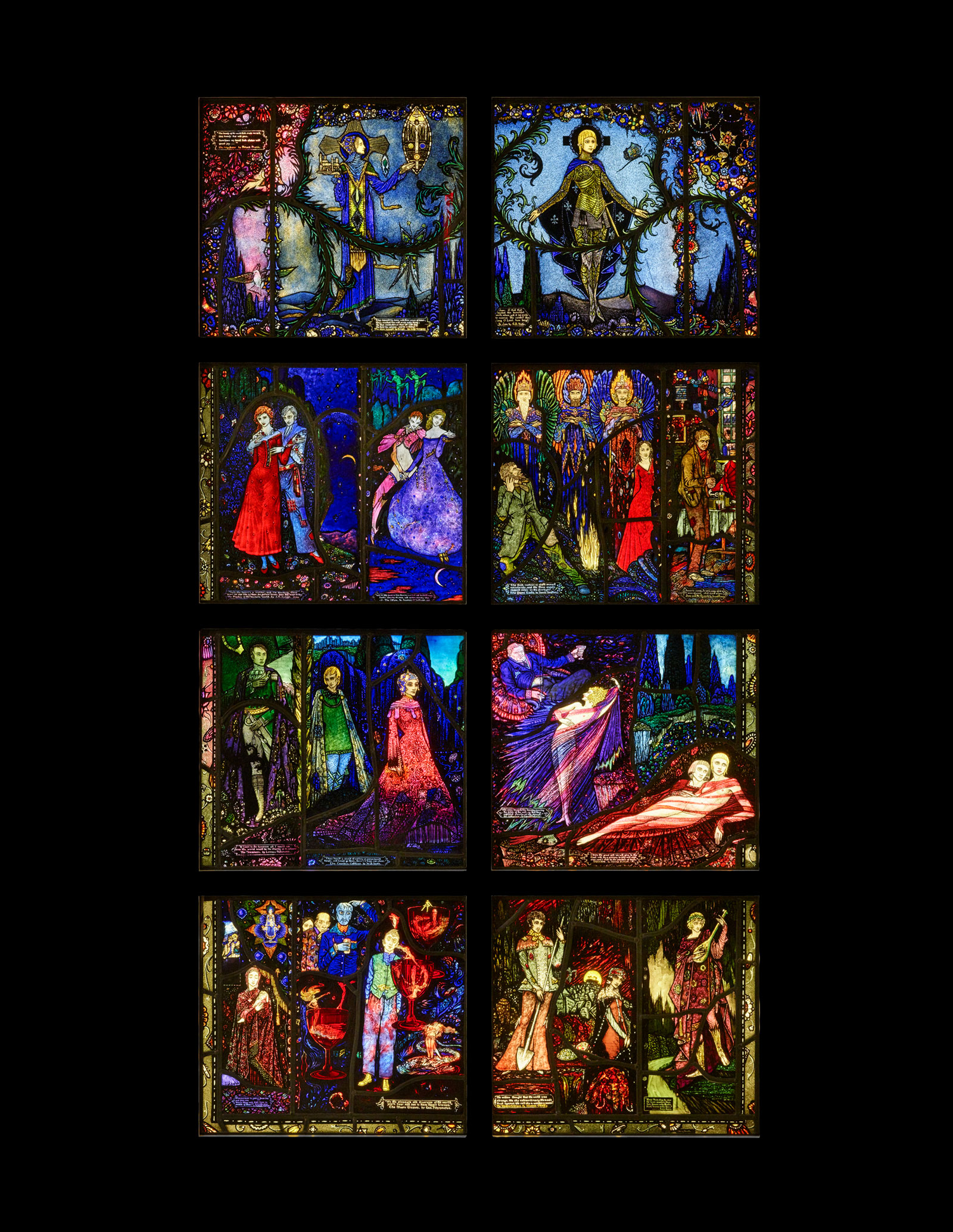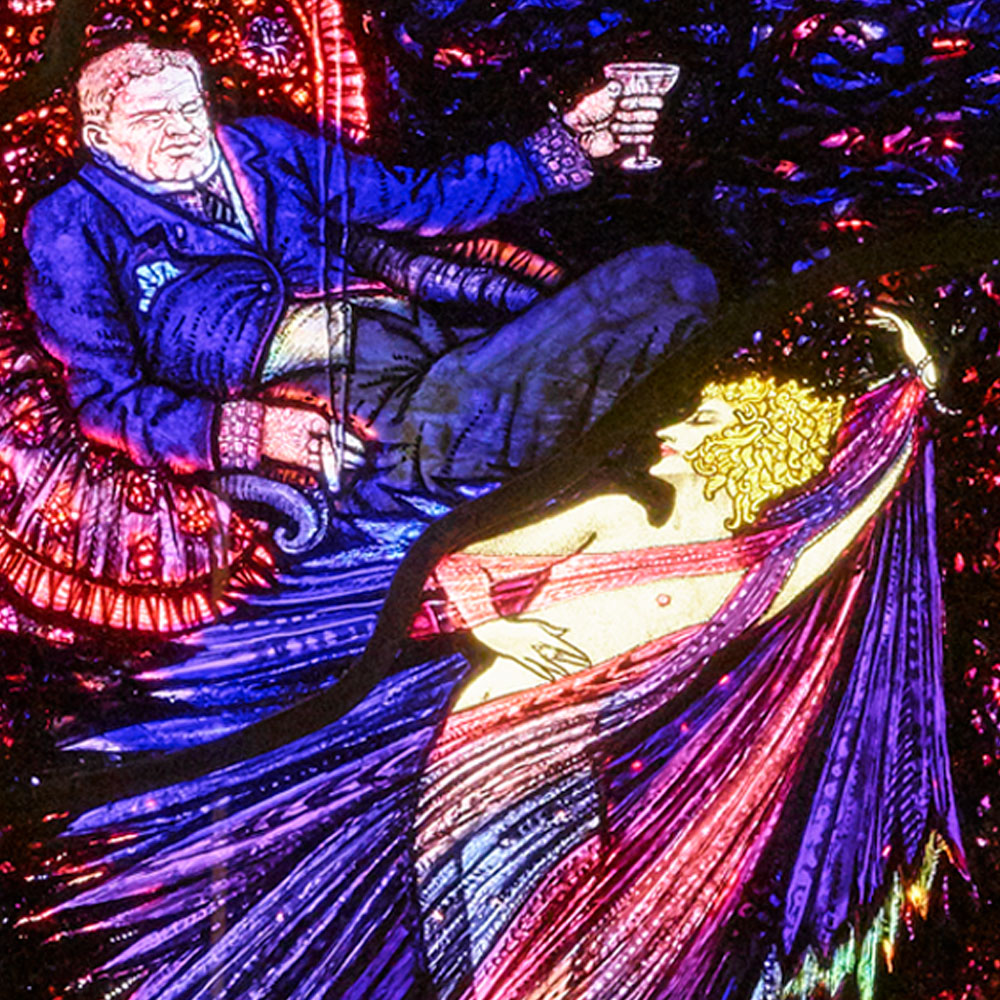April 27, 2021
Many of Miami's brightest emerging scholars can be found in FIU Honors College, a hub for the talented and ambitious next generation of thought leaders. Representing the full range of our FIU's rich array of academic disciplines, Honors College students often stand out from the pack—accomplished, open to experimentation, and eager to investigate new areas of interest. When The Wolfsonian invited students to propose creative avenues into the museum's modern-age collection, unsurprisingly it was two art-curious Honors College students who enthusiastically answered the call.
Sharing a passion for poetry, senior Dean Kandi and junior Melanie Giraldo were excited about the same idea: penning ekphrastic poems about Wolfsonian collection works. Ekphrastic poems are meant to bring a picture to life, describing it in vivid detail, evocatively exploring the scene or artist's emotions, or even expressing the artwork's point of view. Other times, ekphrastic poems use the image simply as a jumping-off point, taking the concept in a very different direction. With these approaches in mind, Dean and Melanie each dove into the Wolfsonian holdings to select an object as muse, and—after receiving expert guidance by Caridad Moro, an award-winning poet and seasoned leader of ekphrastic poetry workshops—began writing.
Their poems, as well as the works that sparked inspiration, are presented below in honor of Poetry Month.

